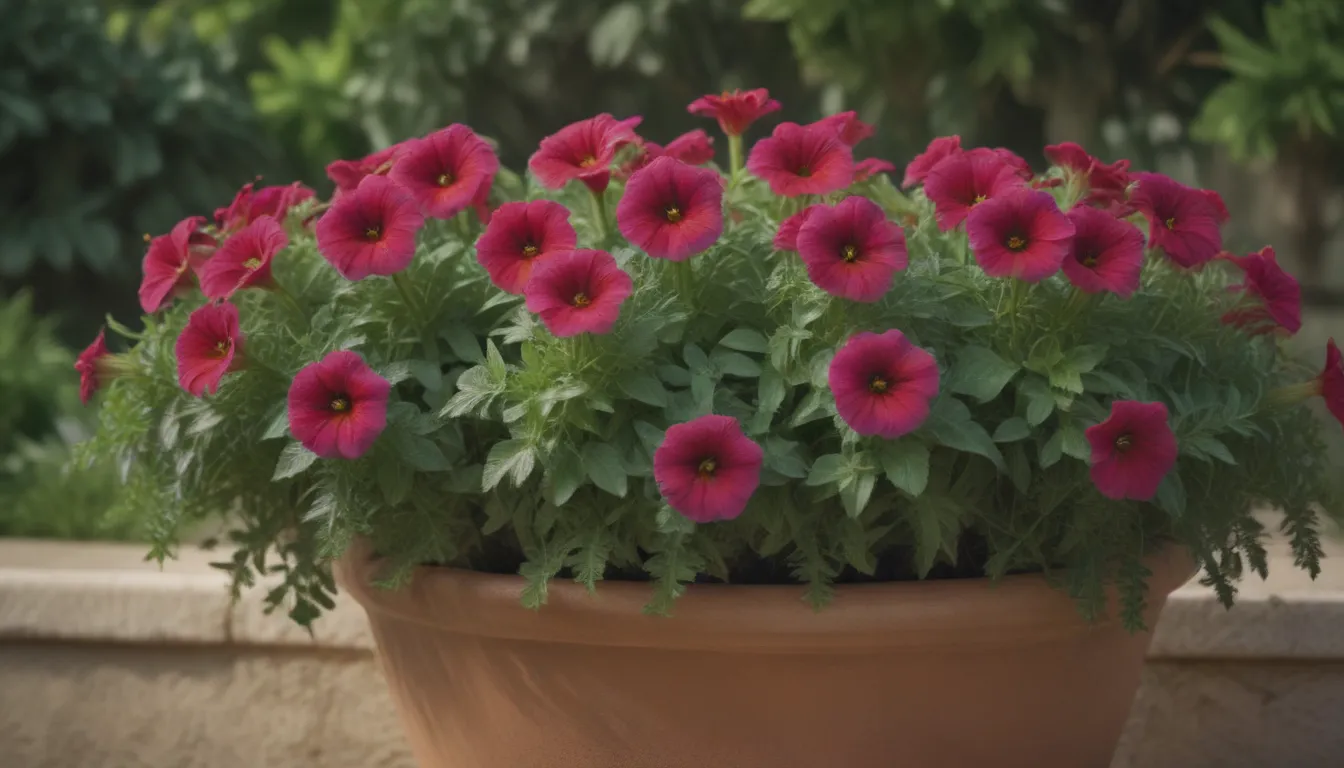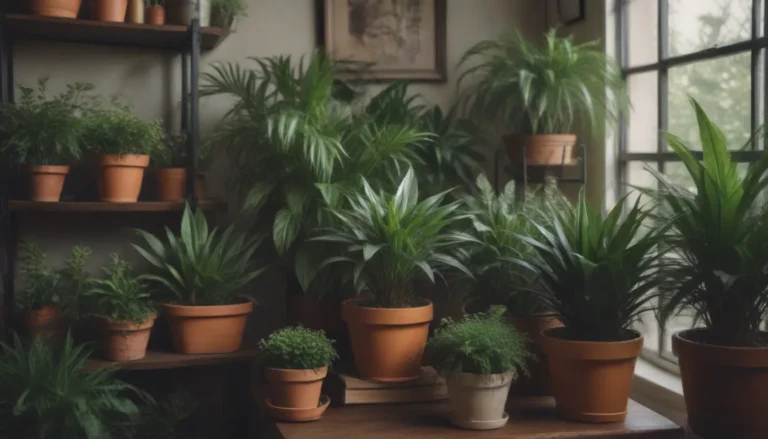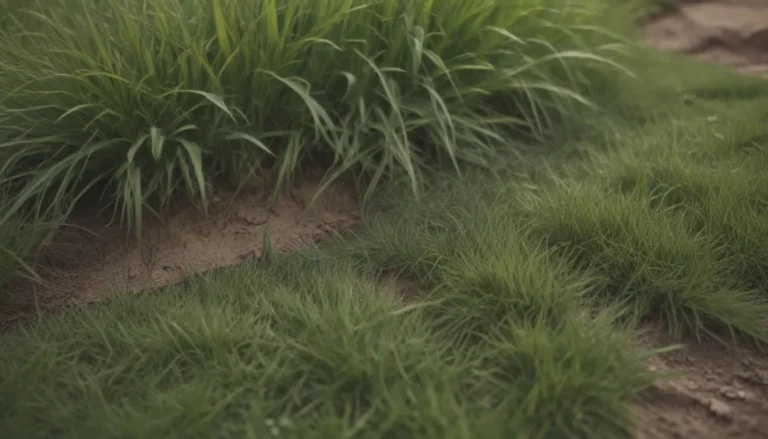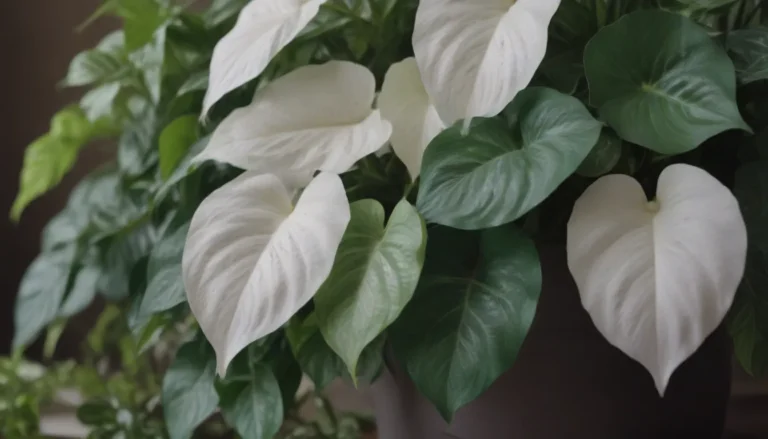Comprehensive Guide to Growing & Caring for Calibrachoa (Million Bells®)

If you’re looking to add a pop of color to your garden or patio, Calibrachoa, also known as million bells, is the plant for you. With its vibrant colors and prolific blooming habits, this plant is a favorite for gardeners looking to create stunning container displays. In this comprehensive guide, we’ll walk you through everything you need to know to successfully grow and care for Calibrachoa.
Introducing Calibrachoa
Calibrachoa, with its trademarked names Million Bells® and Super Bells®, is a showstopper in any garden. This plant produces 1-inch blossoms resembling tiny petunias in a dazzling array of colors, from solids and two-tones to stripes and patterns. Its compact, oval-shaped leaves can be a bit sticky to the touch, adding to its unique appeal.
One of the standout features of Calibrachoa is its ability to bloom continuously from spring to the first frost. This plant is a fast grower, quickly cascading over the edges of containers as a “spiller” plant. Its trailing habit makes it ideal for hanging baskets, mixed containers, and even garden borders. Not only does Calibrachoa attract butterflies and hummingbirds with its blooms, but it also adds a splash of color to any outdoor space.
Calibrachoa Care Tips
While Calibrachoa is not hard to care for, it does have specific needs to keep it thriving throughout the growing season. Here are some essential care tips to ensure your Calibrachoa plants are healthy and blooming:
Light
- Calibrachoa thrives in full sun, but it can tolerate partial shade in warmer regions.
- Insufficient sunlight may result in reduced blooming, so aim for at least six hours of sun exposure.
Soil
- Use fast-draining potting soil when planting Calibrachoa in containers.
- In garden beds, amend the soil with organic material for added richness and ensure proper drainage.
- Mulch can help retain soil moisture and keep the root system cool.
Water
- Keep Calibrachoa well hydrated, but avoid waterlogging the soil.
- Water deeply when the top inch of soil dries out, and only water again once the soil has dried sufficiently.
- Monitor the soil moisture regularly, especially during hot, windy conditions.
Temperature and Humidity
- Calibrachoa is drought- and heat-tolerant, but it prefers temperatures between 55 and 65 degrees Fahrenheit.
- Daily misting can revive wilted foliage, but avoid misting in direct sunlight to prevent leaf burn.
Fertilizer
- Calibrachoa is a heavy feeder and benefits from regular feeding with a slow-release fertilizer.
- Avoid over-fertilization and follow the instructions on the plant food label closely.
- Late season fertilization can promote additional blooms for a longer blooming period.
Types of Calibrachoa
With over 28 different species in the Calibrachoa genus, there are endless varieties to choose from for your garden. Some popular Calibrachoa varieties include:
- Calibrachoa ‘Cabaret Hot Pink’
- Calibrachoa ‘Cabaret Purple Glow’
- Calibrachoa ‘Million Bells® Terra Cotta’
- Calibrachoa ‘MiniFamous Double Blue’
- Calibrachoa ‘Superbells® Pomegranate Punch’
- Calibrachoa ‘Kabloom’
Each variety offers a unique color palette, allowing you to create stunning displays in your outdoor space.
Propagating and Repotting Calibrachoa
Calibrachoa plants are hybrids that produce few seeds, making propagation through cuttings challenging. However, if you attempt to propagate through cuttings, follow these steps carefully:
- Take cuttings from healthy, established plants.
- Root the cuttings in a well-draining soil mix.
- Maintain consistent moisture levels until roots develop.
When it comes to repotting Calibrachoa plants, ensure they are not root-bound when you purchase them. Repotting with a slow-release fertilizer and a general-purpose potting mix can help these short-lived plants thrive in containers.
Dealing with Common Pests and Problems
While Calibrachoa is relatively low maintenance, it can be susceptible to aphids, a common pest in the garden. To combat aphids, spray the plants with water or a mixture of water and dish detergent. Additionally, neem oil can help control aphid infestations effectively.
Yellowing leaves are a common problem with Calibrachoa and can be caused by overwatering, root rot, or nutrient deficiencies. Ensure good air circulation, proper water management, and sufficient sunlight to prevent these issues and keep your Calibrachoa plants healthy and vibrant.
In conclusion, Calibrachoa is an excellent choice for gardeners looking to add color and vibrancy to their outdoor spaces. With the right care and attention to its needs, this plant will reward you with continuous blooms throughout the growing season. Whether in containers, hanging baskets, or garden borders, Calibrachoa is sure to brighten up any garden with its stunning display of flowers.





